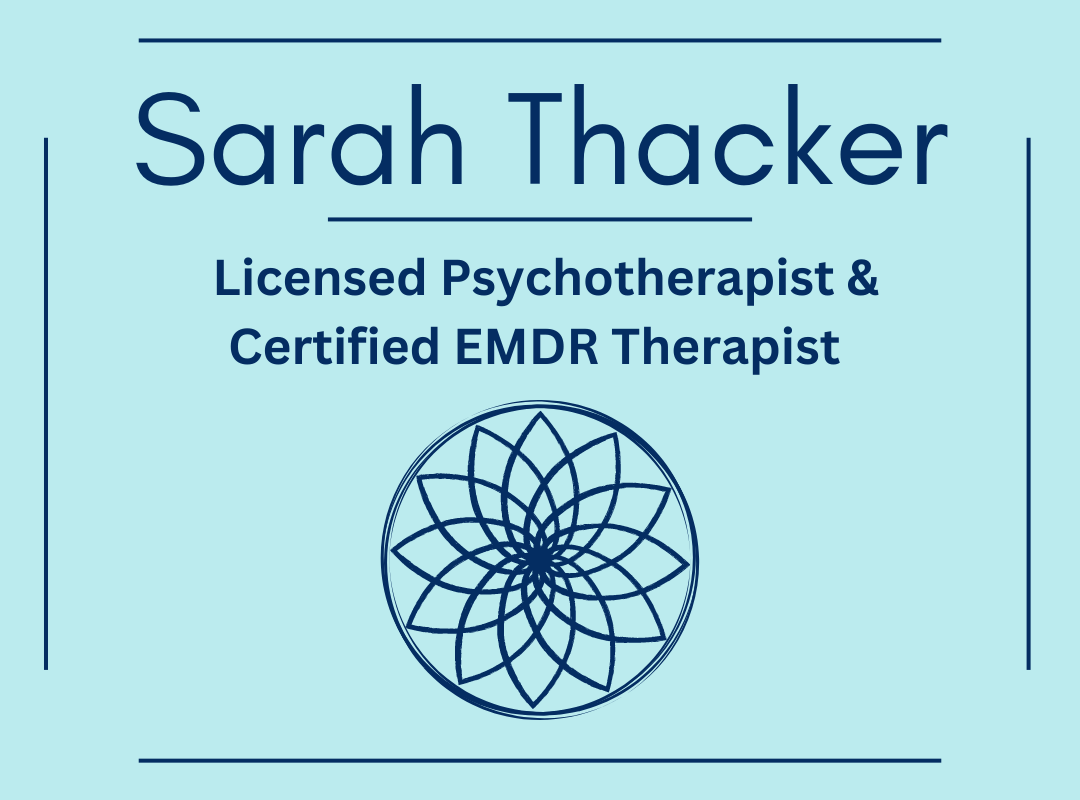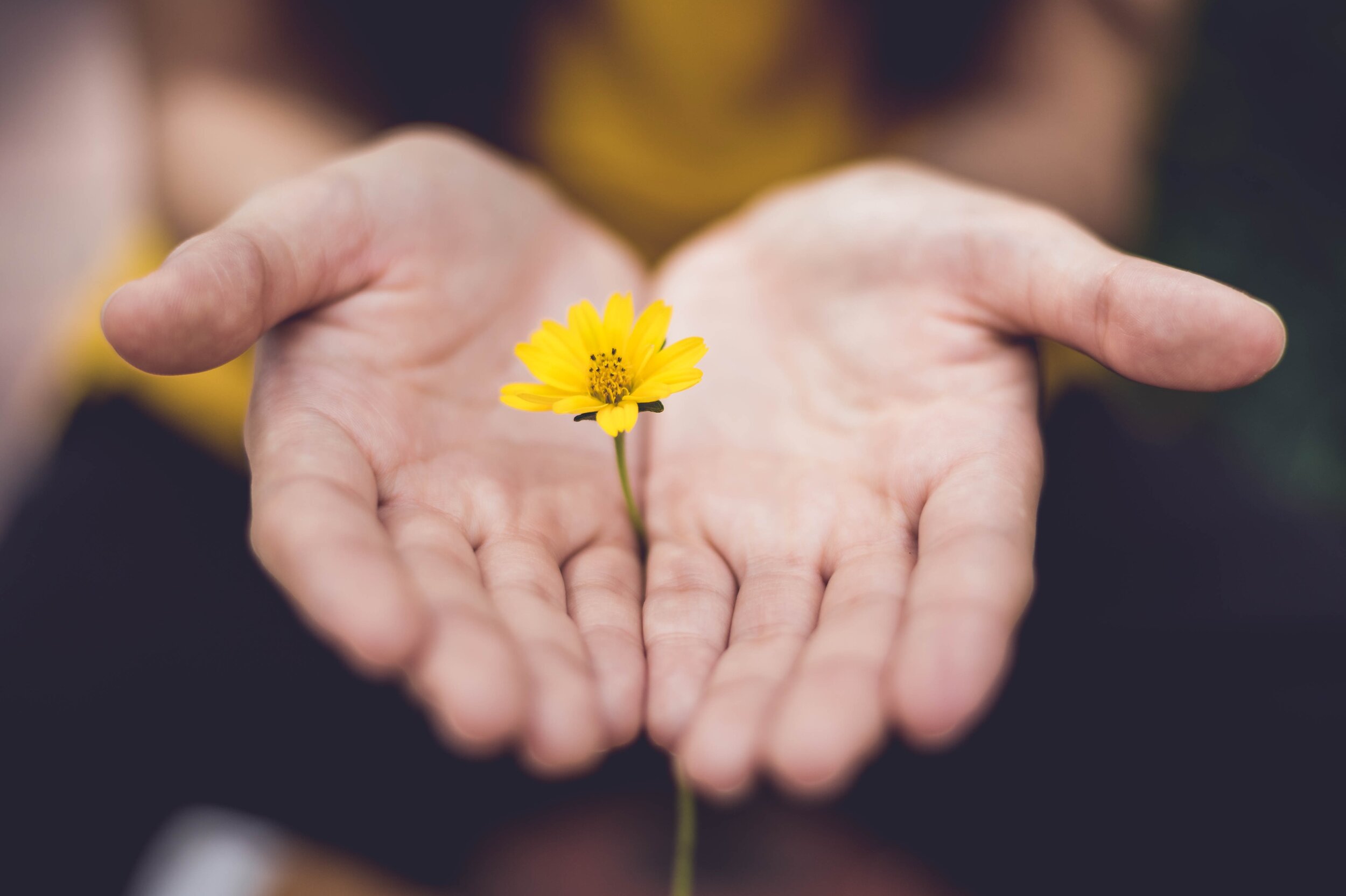When was the last time you felt enchanted? When experiencing enchantment, you’re filled with delight, you’re drawn towards the image, the item or the experience, and it creates a great feeling of pleasure. When you are enchanted you are captivated, fascinated, and inspired.
If you’ve spent some time reflecting back on 2023, have you considered what brought you a feeling of enchantment in this past year? If not, take a look back and ask yourself, how often did I feel delighted, filled with great pleasure, and deeply inspired? As you reflect back on 2023, how alive, open-hearted, and charmed did you feel?
Imagine if being inspired, enchanted, and captivated became your primary pursuit in 2024. How different might your year ahead look?
If you are feeling less enchanted as you reflect back over the past year, that’s ok! When you have time to deeply consider what enchantment looks like, feels like, and means to you, take a moment and really describe in detail, what does bring you a feeling of enchantment? Deeply consider what captivates your full attention, what fills you with pleasure and inspiration? I recommend beginning an enchantment journal for 2024. It can be a small pocket sized notebook that you can access easily throughout the day. If you prefer tech, you can start a page on your notes app in your phone, titling it ENCHANTMENT 2024. If you like to get fancy with your journaling, you can always make it colorful, crafty, and creative!
When you have some time to deeply reflect on what brings you a feeling of enchantment, begin to write down what you already know creates this feeling for you. For example, it could be something as simple as seeing the steam rise from your morning coffee or tea. Feeling enchanted may arise from having a good, long laugh with someone you care about, or it could be a moment of capturing colorful sunrise or sunset or rainbow. You might feel enchanted by a song, a great book, the taste of chocolate, or seeing a new leaf sprouting from the plant in your window. You might feel enchanted by the sweet face of a pet or a child, or from seeing a piece of art, a cloud formation, a tree, or a sparkling stone. You might feel enchanted by so many more things than you recognize, or that you take the time to fully notice in your day to day life. What brings you this feeling of captivation and delight is completely unique to you. Continue to notice, and to pay attention to these moments no matter whether they are small or large, simple or grand, and write them all down to have access to when you are feeling disenchanted or uninspired, or when you just need to have a smile.
Once you have your initial list, what you already know captivates your full attention, take a moment and reflect on it. How much of what enchants you costs a lot of money? How much of it has to do with success, striving, possessing, or acquiring? Most likely not too much. When we are enchanted we are not wanting, we are experiencing something wonderful, we are one with the present moment. And sure, maybe something enchanting may cost money, but it is definitely not a requirement.
Spend time looking at your starting list and allow yourself to begin to add to it consistently. When you capture something enchanting, write it down after the moment or experience has moved on, try not to disrupt any of these beautiful moments! In my therapy practice, I recommend reflecting to all of my clients to keep a “what went well today” journal. This is about helping the usual anxious, stressed, worried, or negative mind take a break. When you reflect on what went well today you can shift your attention away from worry, negative self-talk, and projecting stress into the next day. Typically I recommend keeping a daily journal to reflect on what went well today? What wins did I have today? What am I most grateful for today? And be sure to add and include, what enchanted me today? When you focus on what went well, what wins you had, what you are most grateful for, and now adding this focus of, what enchanted me today, you can shift out of fear, negativity, and lack—and into contentment, delight and joy.
When you are noticing the experience of enchantment, captivation, and pleasure in the moment it’s occurring, take time to really savor it. When we savor something pleasurable, we are creating an opportunity to feel full of contentment. When we are savoring the present moment, we are delighting in the experience of being delighted! When you are savoring, you are practicing mindfulness as you are fully immersed in the present moment, the here and the now. Savoring allows your mind is focusing on the good, and you can feel a sense of pleasure and gratitude as you are experiencing it.
When you are reflecting on moments of enchantment and writing them down as a reflection process at the end of the day, take time to savor each element you have experienced. Can you linger in the feeling of enchantment, let it fully enter your being in mind, body and spirit, and allow it to be re-experienced in a way that you feel the delight all over again?
This process of allowing yourself to be present, to experience pleasure, and to re-experience it upon reflection can impact your inner emotional world, your mindset, and your mood in a way that you can experience your own inner ability to create an internal shift. Moods are temporary and usually impacted by experiences, however, if a mood is lingering outside of the experience and it doesn’t feel great, you can bring in this reflective practice and try savoring and see if you can impact your mood in this helpful and positive way. When you can, it feels very empowering, life enhancing, and even healing. Allow yourself this momentary treat of reflection, and be sure to repeat it daily. We get good at what we practice, and this repetition of savoring enchantment offers an opportunity to create positive change in mind, body, and spirt.
Imagine the year ahead as one where your primary focus becomes searching for these moments of enchantment every single day. Imagine the year ahead as one where you notice the good, savor it, linger in it, practice the process of savoring, and search for more. Imagine the year ahead as a year where following what enchants you, what makes you feel most alive, open-heated, and fulfilled becomes your Full-Time pursuit. Here’s to creating enchantment in 2024!



